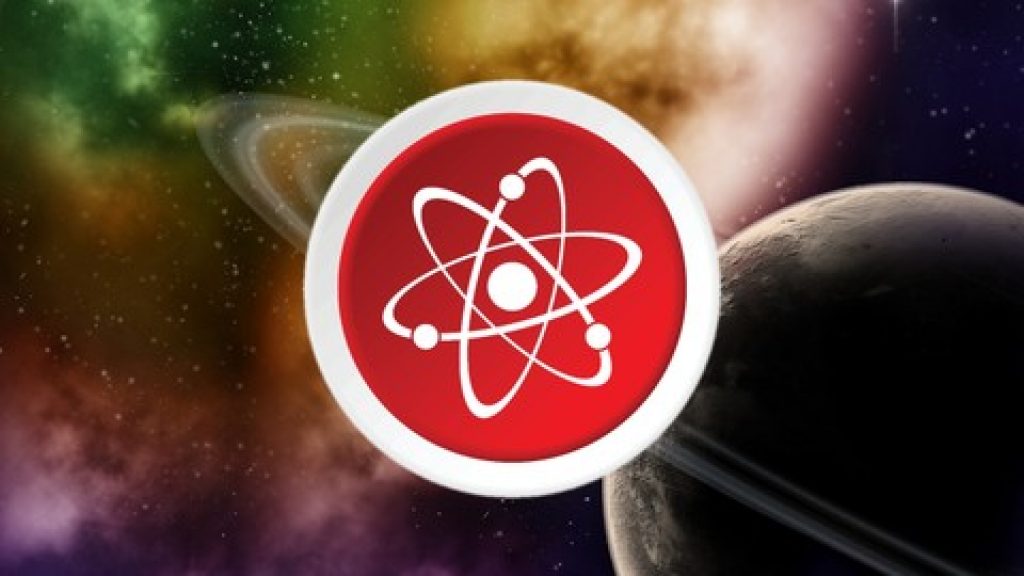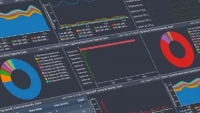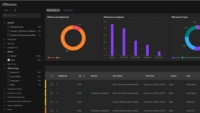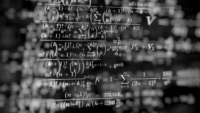
QC101 Quantum Computing & Intro to Quantum Machine Learning
Math-Based Introduction to Quantum Computing, Cryptography & Quantum Machine Learning. Code with Python, Q#, & Qiskit
Created by Kumaresan Ramanathan | 12 hours on-demand video course
Welcome to the bestselling quantum computing course on Udemy! Quantum Computing is the next wave of the software industry. Quantum computers are exponentially faster than classical computers of today. Problems that were considered too difficult for computers to solve, such as simulation of protein folding in biological systems, and cracking RSA encryption, are now possible through quantum computers.
Companies like Google, Intel, IBM, and Microsoft are investing billions in their quest to build quantum computers. If you master quantum computing now, you will be ready to profit from this technology revolution. This QC101 Quantum Computing & Intro to Quantum Machine Learning course teaches quantum computing from the ground up. The only background you need is 12th grade level high-school Math and Physics.
What you’ll learn
- Use quantum cryptography to communicate securely
- Develop, simulate, and debug quantum programs on IBM Qiskit and Microsoft Q#
- Run quantum programs on a real quantum computer through IBM Quantum Experience
- Use Dirac’s notation and quantum physics models to analyze quantum circuits
- Train a Quantum Support Vector Machine (Quantum Machine Learning) on real-world data and use it to make predictions
- Learn Data science and how quantum computing can help in artificial intelligence / machine learning
- Learn why machine learning will be the killer-app for quantum computing
Recommended Course
Fortinet FortiSIEM – A Step-by-Step BootCamp
IBM QRadar SIEM – A Step-by-Step BootCamp Best seller
The Complete Quantum Computing Course
Who this course is for:
- Software professionals and technical managers who want to learn quantum computing and enjoy Math & Physics
- Machine Learning and AI professionals who want to learn how quantum computing can be used in data science












